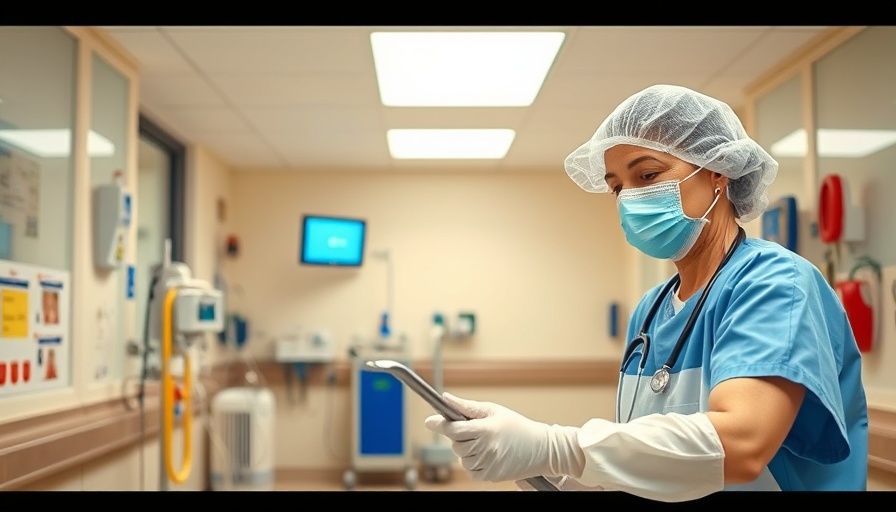
When Labels Clash: The Real Risks in Disinfecting Healthcare Environments
The cleaning of healthcare environments, particularly emergency departments, faces a critical gap between product claims and real-world application. This disconnect can put patients at risk in already fragile situations, such as trauma care.
Understanding the Registration Protocols
The government registration protocols for disinfectants have been scrutinized and are often deemed insufficient. The standards for what constitutes a healthcare-grade disinfectant can lead to misleading labels and ineffective products. Simply put, there is a chasm between how disinfectants are tested and how they are used in the field.
According to Dr. Syed A. Satta, the terminology used to describe disinfectants must accurately reflect their functional capacity, including inactivating viruses and fungi—elements that are commonly overlooked during the registration process. Indeed, it is a widespread misconception that disinfectants tested solely against Gram-positive and Gram-negative bacteria are effective against all pathogens.
The Critical Role of Hands-On Techniques
One of the largest discrepancies in disinfectant effectiveness stems from the omission of mechanical action in testing. Typically, antiseptics are evaluated in settings that do not simulate real-life application scenarios, leading to inflated efficacy claims. In everyday environments, cleaning professionals often use a combination of wiping and disinfectants, which significantly contributes to reducing microbial presence on contaminated surfaces.
The implication is clear: without realistic testing conditions, the effectiveness of cleaning products may not translate to their actual use, ultimately putting patients at risk in critical care settings.
Training Shortfalls: An Overlooked Factor
To add another layer of complexity, the proficiency of environmental services technicians plays a pivotal role in infection control. Research highlights that many of these essential workers lack adequate training, which can lead to improper usage of disinfectants and ultimately compromise patient safety. This gap is exacerbated by inadequate compensation and recognition, resulting in high turnover and continually rotating staffing at already understaffed facilities.
Organizations often underestimate the crucial role these individuals play in infection prevention, with insufficient support leading to poor practices in disinfectant application and soil removal.
The Reality of Bioburden in Disinfected Spaces
Even after a thorough disinfection process, some surfaces—like patient bed mattresses—may still harbor pathogens. Without meticulous adherence to manufacturers’ guidelines for each disinfectant used, environments like emergency departments may not become as sterile as required. In fact, improper usage can leave behind a Petri dish’s worth of pathogens for the next occupant.
As outlined in the CDC’s guidelines, understanding the limitations of disinfectants and the nuances of their application is essential to creating safer healthcare environments.
Future Directions: Bridging the Gap
Going forward, systematic changes are necessary. Enhanced collaboration between regulatory authorities, manufacturers, and healthcare facilities can lead to long-awaited improvements in disinfectant efficacy testing. Through the refinement of testing methods—for instance, incorporating realistic exposure conditions with soil loads—disinfectants can be more accurately evaluated.
By aligning disinfectant efficacy testing methodologies with real-world applications, stakeholders can work toward a future where product labels accurately reflect performance, ultimately creating safer environments within healthcare settings.
If You Care, Act Now!
In the battle against infections, clarity and well-informed decision-making are crucial. As healthcare becomes increasingly complex, prioritizing correct usage and efficacy of disinfectants isn't just advisable—it's necessary. Let's encourage ongoing training and engagement around this issue to protect those who rely on these vital services.
 Add Row
Add Row  Add
Add 






Write A Comment